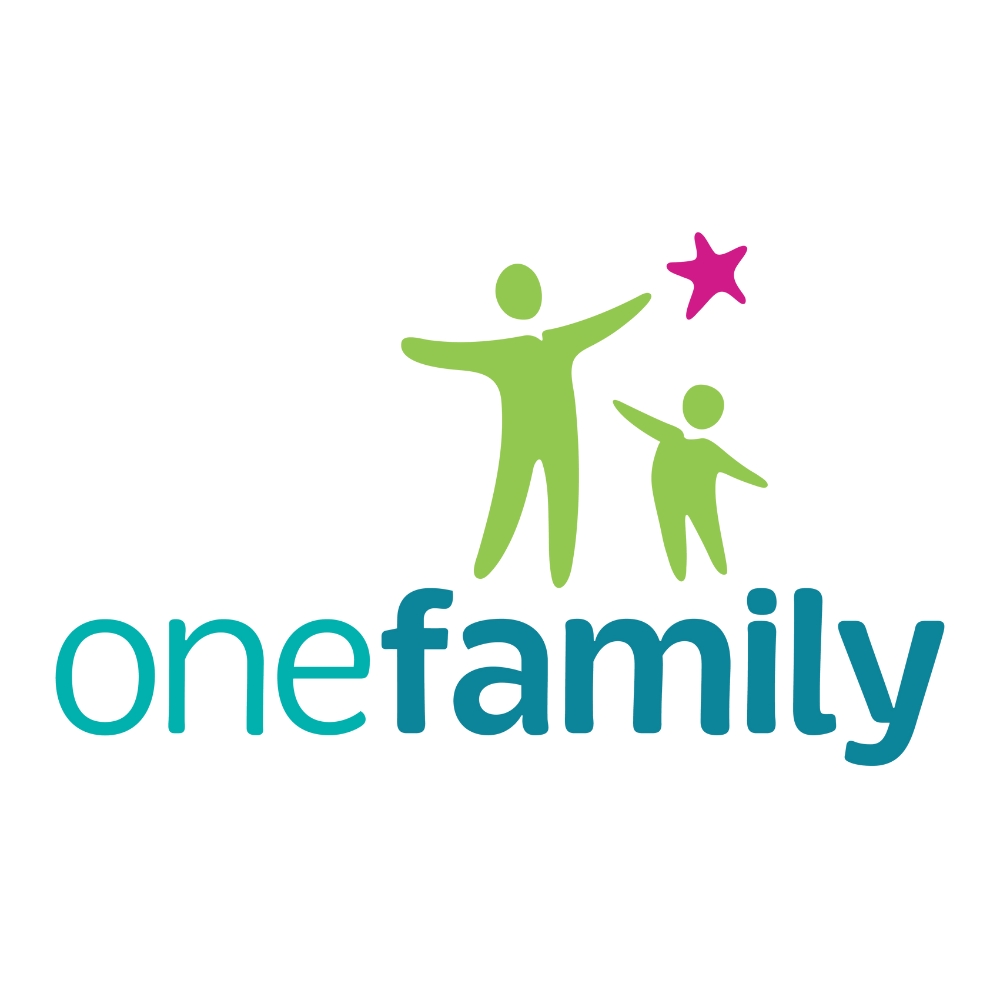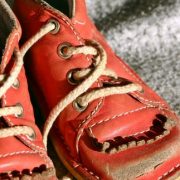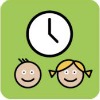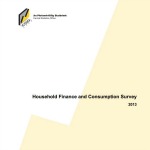Policy | Lone Parents Still Have the Highest Rate of Consistent Poverty – SILC Report
The Survey on Income and Living Conditions (SILC) 2016 results released in December 2017 showed:
Deprivation rates for lone parents
Lone parents are still struggling to meet the costs of living for themselves and their children. This includes the basics such as housing, food, heating and clothes. This is unacceptable and should not be normalised. Ireland is not a poor country and government need to carefully consider the allocation of resources to ensure the most vulnerable are protected. There has been a minimal decrease in consistent poverty rates and more needs to be done to honour government commitments on child poverty.
Households that are excluded and marginalised from consuming goods and services which are considered the norm for other people in society, due to an inability to afford them, are considered to be deprived. The identification of the marginalised or deprived is currently achieved on the basis of a set of eleven basic deprivation indicators. Deprivation is the inability to afford at least two of thesebasic necessities, such as going 24 hours without a substantial meal or being cold because parents are unable to afford to heat the home.Individuals who experience two or more of the eleven listed items are considered to be experiencing enforced deprivation.
- Two pairs of strong shoes
- A warm waterproof overcoat
- Buy new (not second-hand) clothes
- Eat meal with meat, chicken, fish (or vegetarian equivalent) every second day
- Have a roast joint or its equivalent once a week
- Had to go without heating during the last year through lack of money
- Keep the home adequately warm
- Buy presents for family or friends at least once a year
- Replace any worn out furniture
- Have family or friends for a drink or meal once a month
- Have a morning, afternoon or evening out in the last fortnight for entertainment
- Those living in households with one adult and one or more children aged under 18 had the highest deprivation rate in 2016 at 50.1%.
- Those living in lone parent households continue to experience the highest rates of deprivation with over half of individuals from these households experiencing one or more forms of enforced deprivation. This compares to 21% of the general population who experienced deprivation- meaning lone parents are 2.5 times as likely to be experiencing deprivation than the rest of the population.
- People in lone parent households continue to have the lowest disposable income out of all households with children in the State.
Consistent poverty rates for lone parents
Consistent poverty means that children are living in households with incomes below 60% of the national median incomeof €237.45 per week and experiencing deprivation based on the agreed 11 deprivation indicators.
- Individuals living in households where there was one adult and one or more children aged under 18 had the highest consistent poverty rate at 24.6%- a small decrease of 1.6% from 2015.This is compared to a consistent poverty rate of 6.4% for two-parent households. This means that lone parents are four times as likely to be living in consistent poverty compared to two-parent households.
At risk of poverty rates for lone parents
At risk of poverty means that lone parents and their children are living in households with incomes below 60% of the national median income of €237.45 per week
- The ‘at risk of poverty’ rate for households with one adult and one or more children aged under 18 was 40.2% in 2016- an increase of 4% since 2015.
- 40.2% of lone parent households are at risk of poverty. This is compared to an at risk of poverty rate of 12% for two-parent households. This means that lone parents are almost 3.5 times as likely to be at risk of poverty compared to households with two parents.
The report shows an 8% reduction in deprivation rate for lone parents but 4% increase in numbers at risk of poverty. The longer a lone parent stays in the at risk of poverty category the more likely they are to start experiencing enforced deprivation. These two combined mean they will then be living in consistent poverty so an increase in lone parents at risk of poverty is worrying and these families need support now to prevent this from happening.
Further Information
- The types of deprivation most commonly experienced by those at risk of poverty were an inability to replace worn out furniture(41.2%), afford a morning/afternoon/evening out (36.0%) and have family/friends over for a meal/drink (32.3%).
- The types of deprivation most commonly experienced by those living in consistent poverty were an inability to replace worn out furniture(71.7%), afford a morning/afternoon/evening out (63.9%) and have family/friends over for a meal/drink (60.7%).
- Under half of those living in consistent poverty (48.1%) reported going without heating at some stage in the last 12 months.
- Indecon- the SILC data reinforces Indecon data- lone parents are living in poverty since the OFP reforms.
- ESRI- the SILC data supports recent ESRI research which showed that lone parents were the group most affected by poverty and deprivation, and the group with the highest risk of deprivation.
Read the full release from CSO here.
Read One Family’s recommendations here







